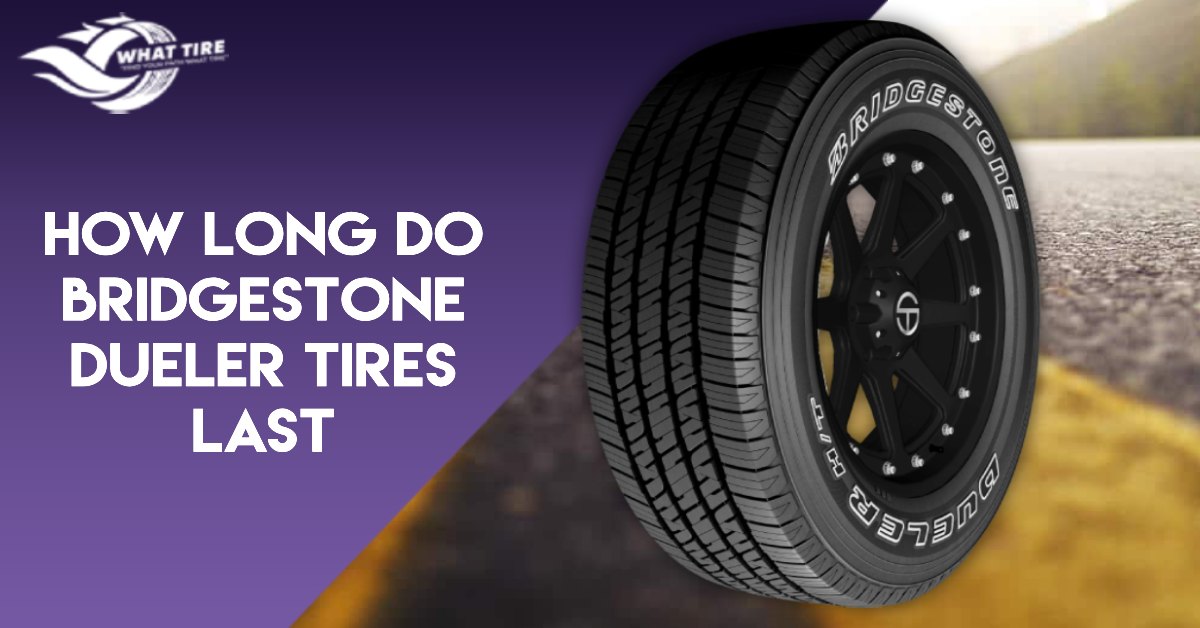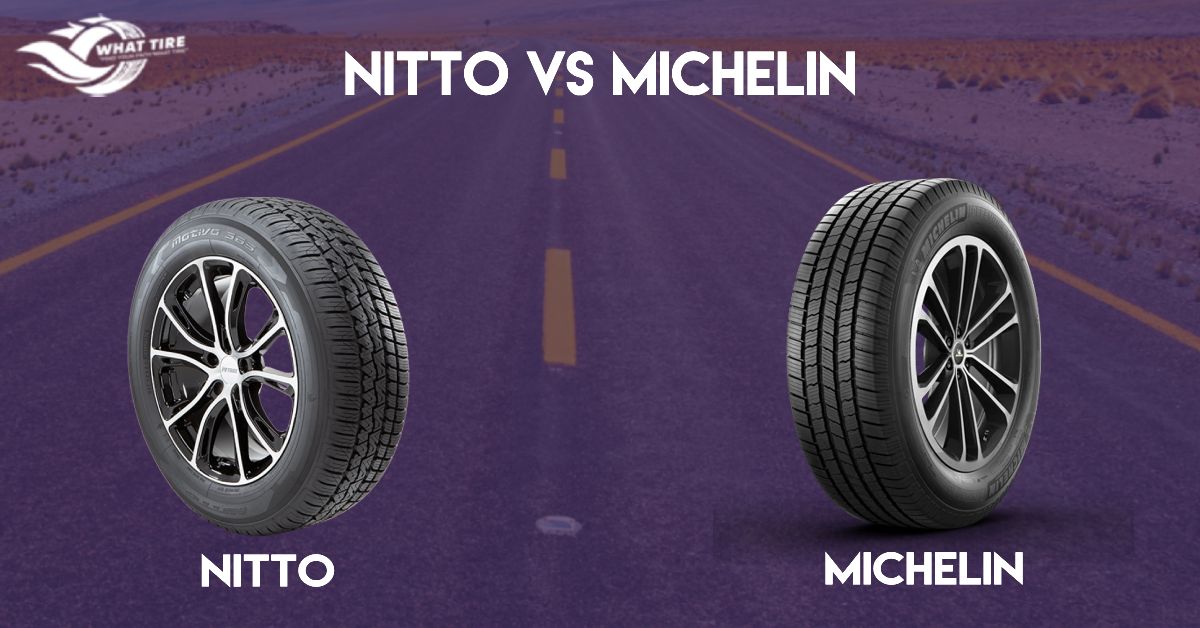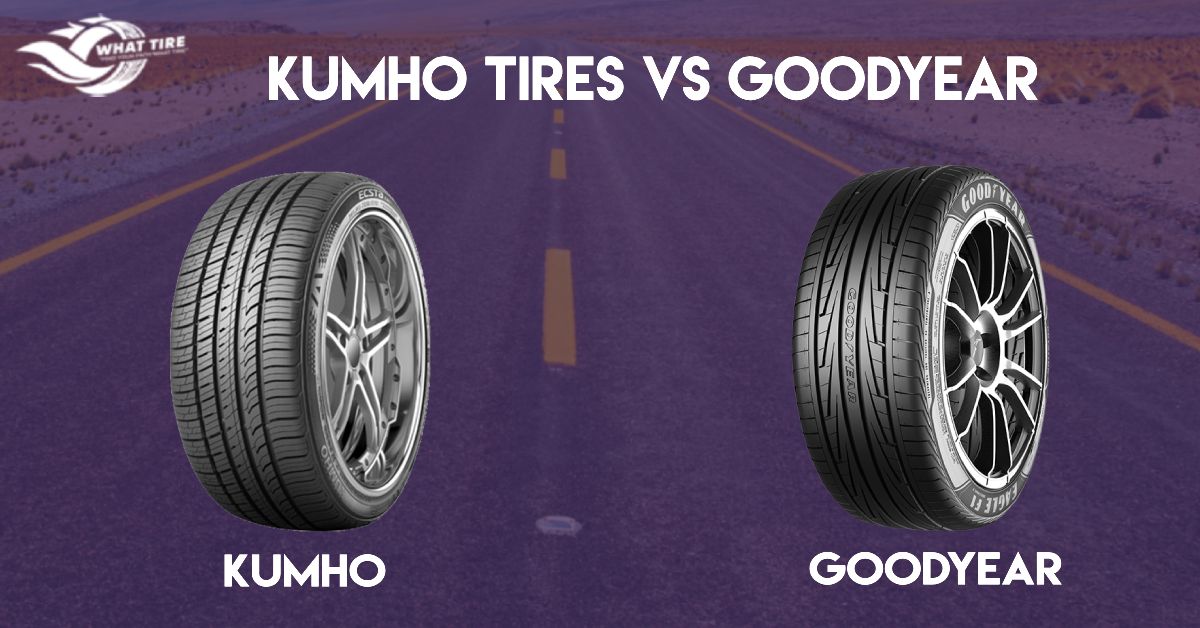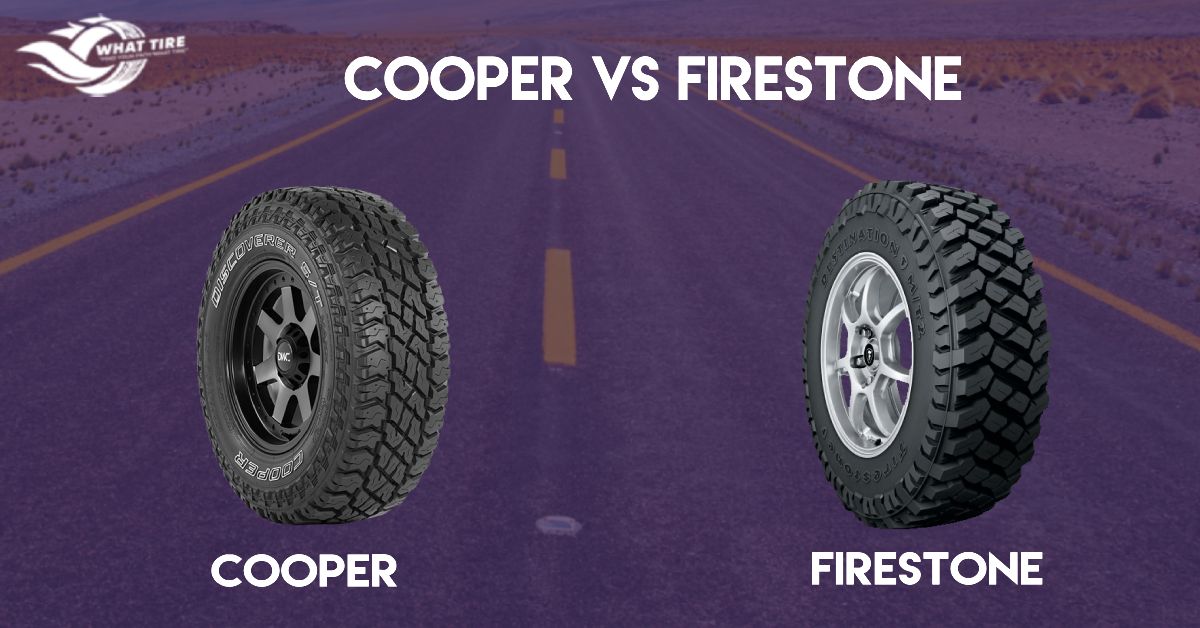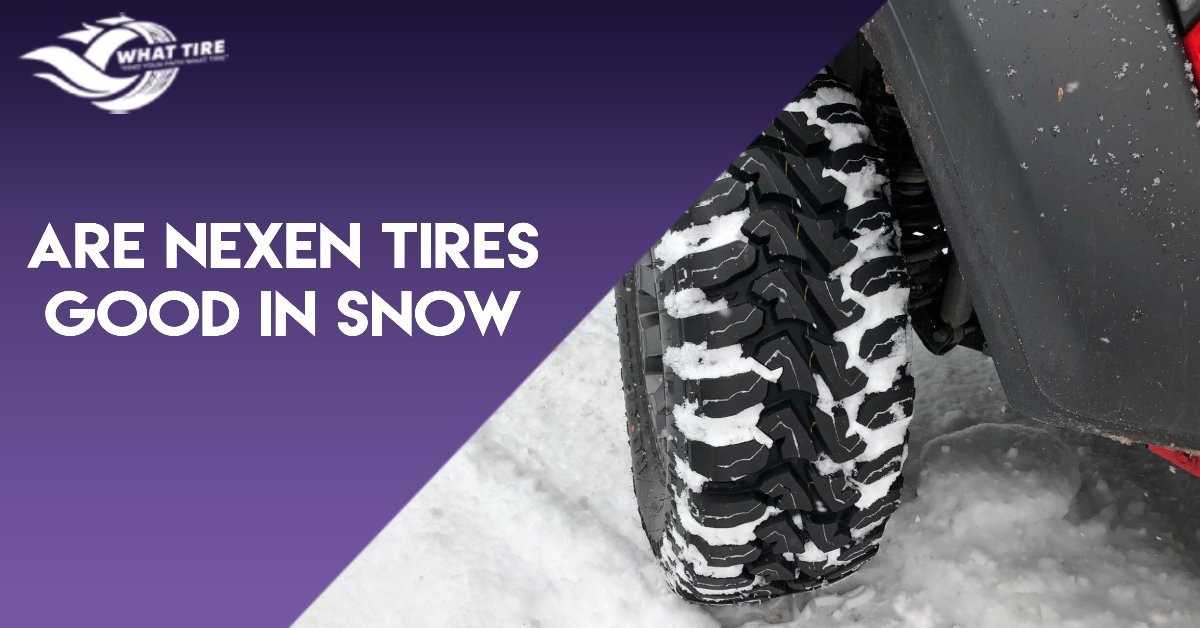Proper wheel alignment is not just about smooth driving, it’s the key to unlocking the full potential of your tires and ensuring your vehicle performs at its best. Have you ever wondered how bad alignment can silently sabotage your tire’s lifespan and compromise your safety on the road?
In this comprehensive guide, we delve into the vital importance of proper wheel alignment and uncover the hidden consequences of bad alignment on your tires. Get ready to discover why aligning your wheels is not just a maintenance task, but a crucial investment in tire longevity and overall vehicle performance.
Table of Contents
ToggleDangers of Driving with Bad Alignment
1. Uneven Tire Wear
Bad alignment causes tires to wear unevenly, with certain areas experiencing excessive wear. This not only shortens tire lifespan but also compromises traction and handling, increasing the risk of accidents.
2. Reduced Fuel Efficiency
Misaligned wheels create increased rolling resistance, forcing the engine to work harder and consume more fuel. Driving with bad alignment can lead to decreased fuel efficiency, costing you more money at the pump.
3. Compromised Handling and Stability
Bad alignment affects the vehicle’s steering response, making it harder to maintain control and stability. This can result in unpredictable handling, especially during emergency maneuvers or inclement weather conditions.
4. Increased Stress on Suspension Components
Misaligned wheels put additional strain on suspension components, including shocks, struts, and bearings. Over time, this can lead to premature wear and costly repairs.
5. Safety Concerns
Driving with bad alignment compromises overall safety, as it negatively impacts braking distance, stability, and maneuverability.
In emergency situations, such as sudden stops or evasive maneuvers, proper alignment becomes even more crucial for maintaining control and avoiding accidents.
Can Bad Tires Cause Bad Alignment?
The condition of your tires can indeed have an impact on wheel alignment. While tire wear and damage are not the direct causes of misalignment, they can contribute to its development and exacerbate existing alignment issues. Here’s how:
- Uneven Tire Wear: Worn or unevenly worn tires can create imbalances that affect the alignment. For example, if one tire has significantly more wear on the outer edge than the rest, it can pull the wheel out of alignment and cause steering drift.
- Tire Damage: Tires that have suffered damage, such as sidewall bulges, punctures, or impacts, can result in irregular tire wear patterns. This uneven wear can further throw off the alignment and affect the vehicle’s handling.
- Suspension Stress: Bad tires can put additional stress on the suspension components, leading to misalignment. For instance, if a tire has a weak spot or is significantly underinflated, it can cause the vehicle to ride unevenly, putting strain on the suspension and potentially affecting alignment.
It’s important to note that while bad tires can contribute to alignment issues, the primary cause of misalignment is typically related to factors like hitting potholes, curb impacts, or general wear and tear on the suspension system.
Regularly inspecting your tires for signs of wear, damage, and proper inflation can help minimize the risk of alignment problems caused by tire-related issues.
Can Getting New Tires Mess Up Alignment?
When getting a new tire, it is possible for the wheel alignment to be affected, although it is not a direct result of installing a new tire. Here’s what you need to know:
1. Tire Mounting and Balancing
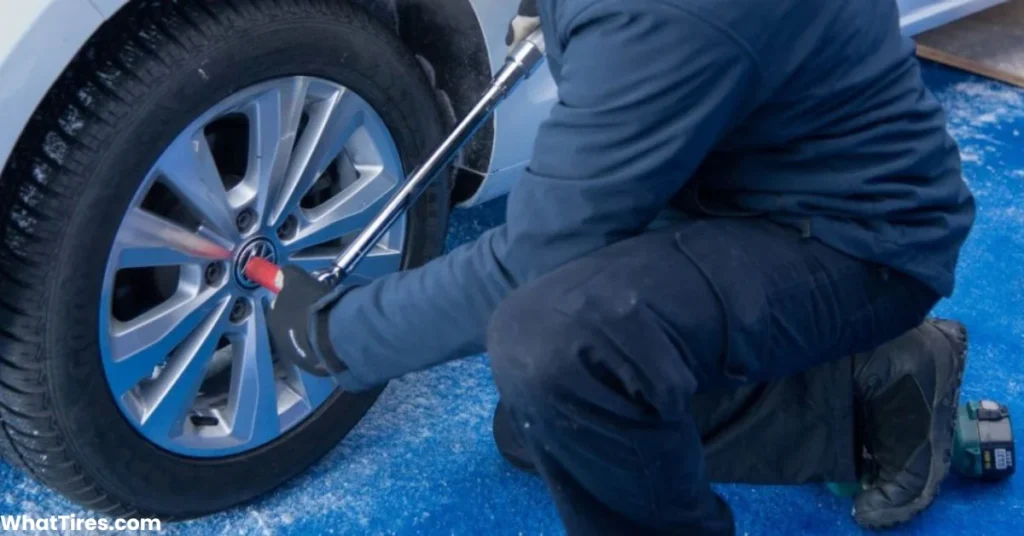
When new tires are mounted and balanced, it involves removing the old tires from the wheels and replacing them with new ones.
This process can introduce slight changes in wheel alignment due to factors such as the mounting equipment used and the technician’s expertise.
2. Suspension Settling
Installing new tires can cause the suspension to settle differently, leading to changes in the vehicle’s ride height and weight distribution. These changes can indirectly affect the alignment settings.
3. Importance of Post-Installation Alignment
To ensure proper wheel alignment, it is crucial to have a post-installation alignment performed. This will adjust the alignment settings to accommodate the new tires and restore the optimal alignment angles.
It helps prevent uneven tire wear, improve vehicle handling, and maintain overall safety.
By scheduling a post-installation alignment, you can mitigate any potential alignment issues caused by getting new tires, allowing you to enjoy the full benefits of your fresh tires while preserving the longevity of both the tires and the alignment.
Should I Get New Tires or an Alignment First?
When faced with the decision of whether to get new tires or an alignment first, it’s important to consider the following factors:
- Tire Condition: Assess the overall condition of your current tires. If they are worn out, damaged, or nearing the end of their lifespan, it’s advisable to prioritize getting new tires.
- Alignment Issues: If you have noticed symptoms of bad alignment such as uneven tire wear, pulling to one side, or steering wheel vibration, addressing the alignment issues should take precedence over getting new tires.
- Cost Considerations: Evaluate your budget and the urgency of the situation. If your tires are in good condition and the alignment issues are not severe, you may choose to prioritize the alignment service to correct the alignment angles and preserve the lifespan of your tires.
However, it’s generally recommended to address alignment issues before installing new tires. Here’s why:
- Maximizing Tire Lifespan: Proper alignment ensures even tire wear, extending the lifespan of your new tires. Installing new tires on a misaligned vehicle can lead to premature and uneven tread wear, reducing their longevity.
- Optimal Performance and Safety: Correct alignment promotes better vehicle handling, stability, and steering response. By addressing alignment issues first, you can ensure optimal performance and safety with your new tires.
- Cost Savings: Avoiding premature tire wear due to misalignment can save you money in the long run. It’s more cost-effective to invest in alignment services to protect your tires rather than having to replace them prematurely.
In summary, if you have noticeable alignment issues, it’s advisable to prioritize an alignment service before getting new tires. However, if your tires are in poor condition, it may be necessary to address both issues simultaneously.
Consulting with a professional tire and alignment specialist can provide personalized guidance based on your specific situation.
Conclusion
In conclusion, neglecting wheel alignment can have a detrimental effect on your tire, compromising its longevity and performance. Driving with bad alignment increases the risk of uneven tread wear, tire damage, and premature failure.
To ensure optimal tire life and safety, promptly address any alignment issues by seeking professional assistance and scheduling regular alignment checks.
FAQs
Uneven tread wear, vehicle pulling to one side, and steering wheel vibration are common signs of bad alignment affecting tire lifespan.
Yes, bad alignment can lead to accelerated tire wear due to uneven distribution of pressure and stress on the tires.
Alignment should be checked at least once a year or whenever you notice signs of uneven tire wear to prolong tire lifespan.
Regular alignment checks, maintaining proper tire pressure, and rotating tires at recommended intervals can help mitigate premature wear caused by bad alignment.
Depending on the severity of the damage, tire rotation, alignment adjustments, and in some cases, tire replacement may be necessary to rectify issues stemming from bad alignment.

